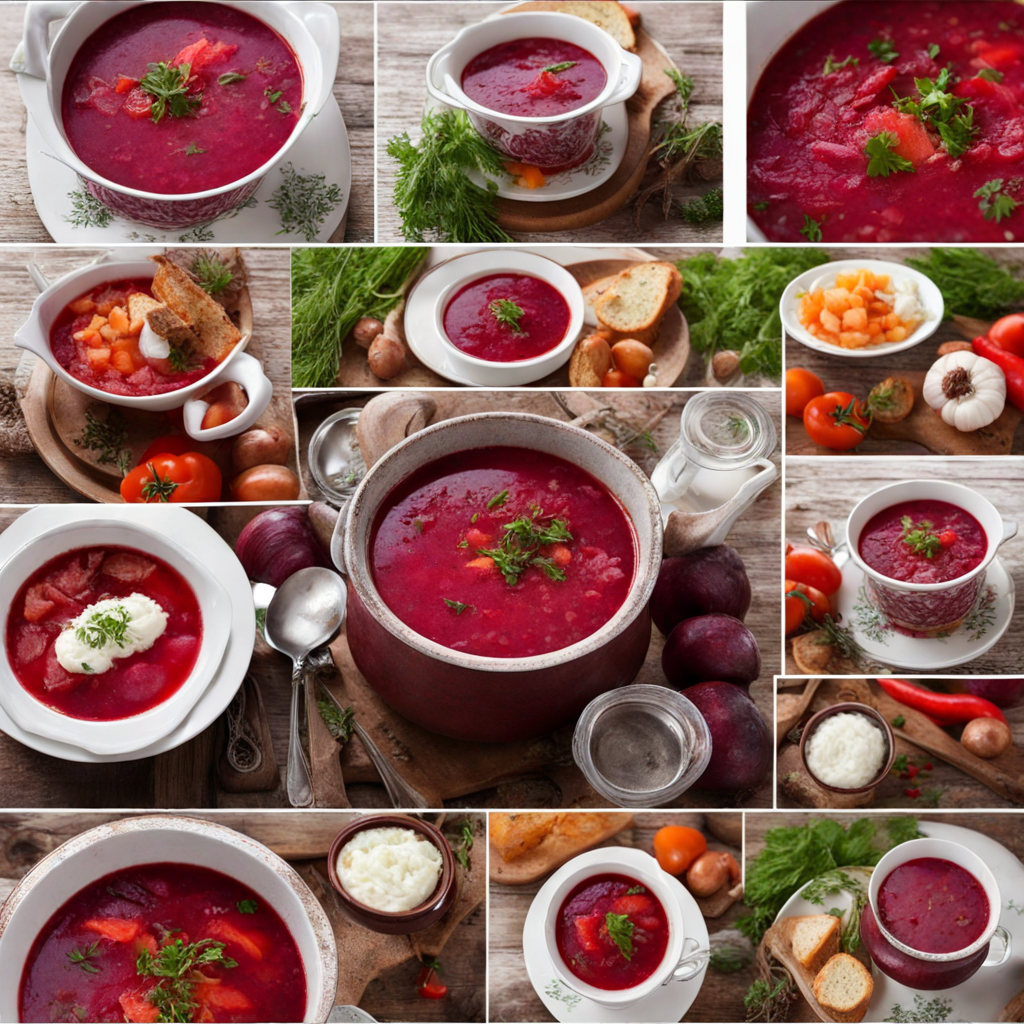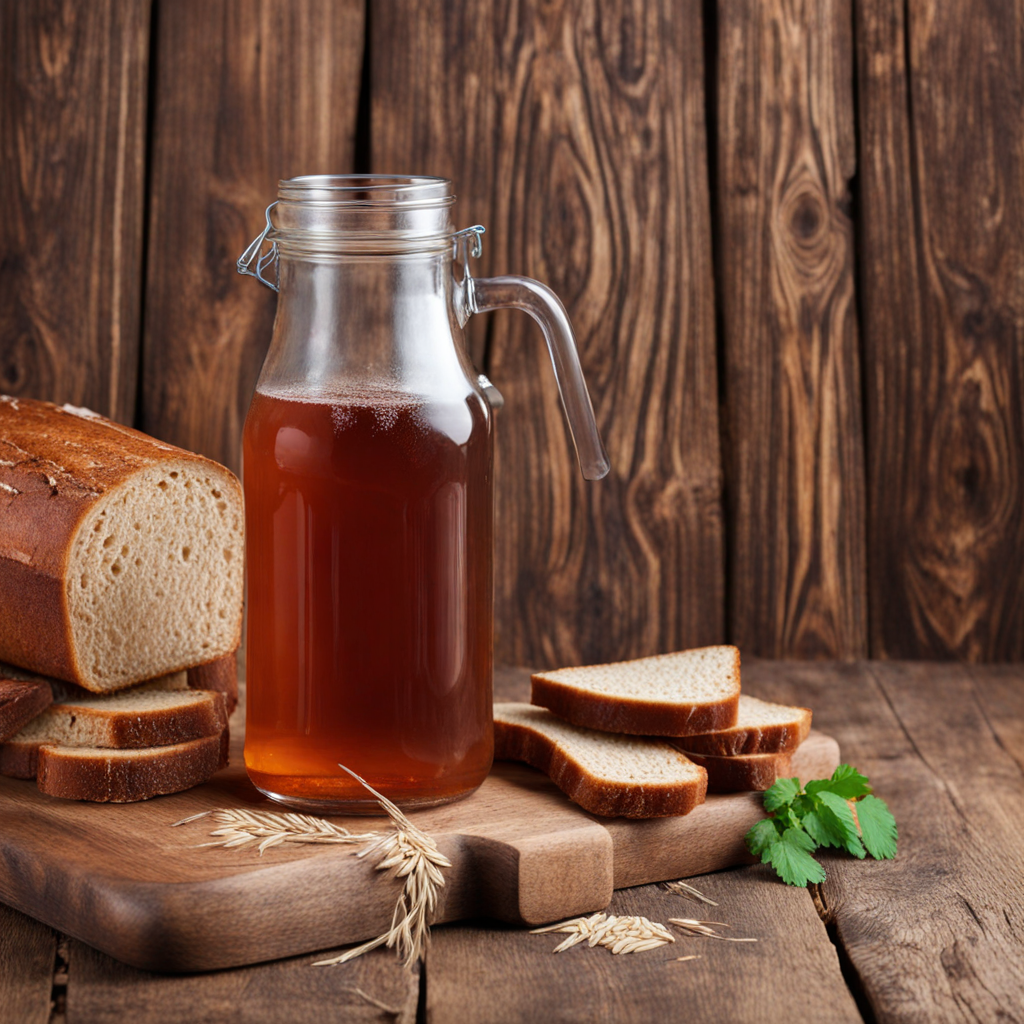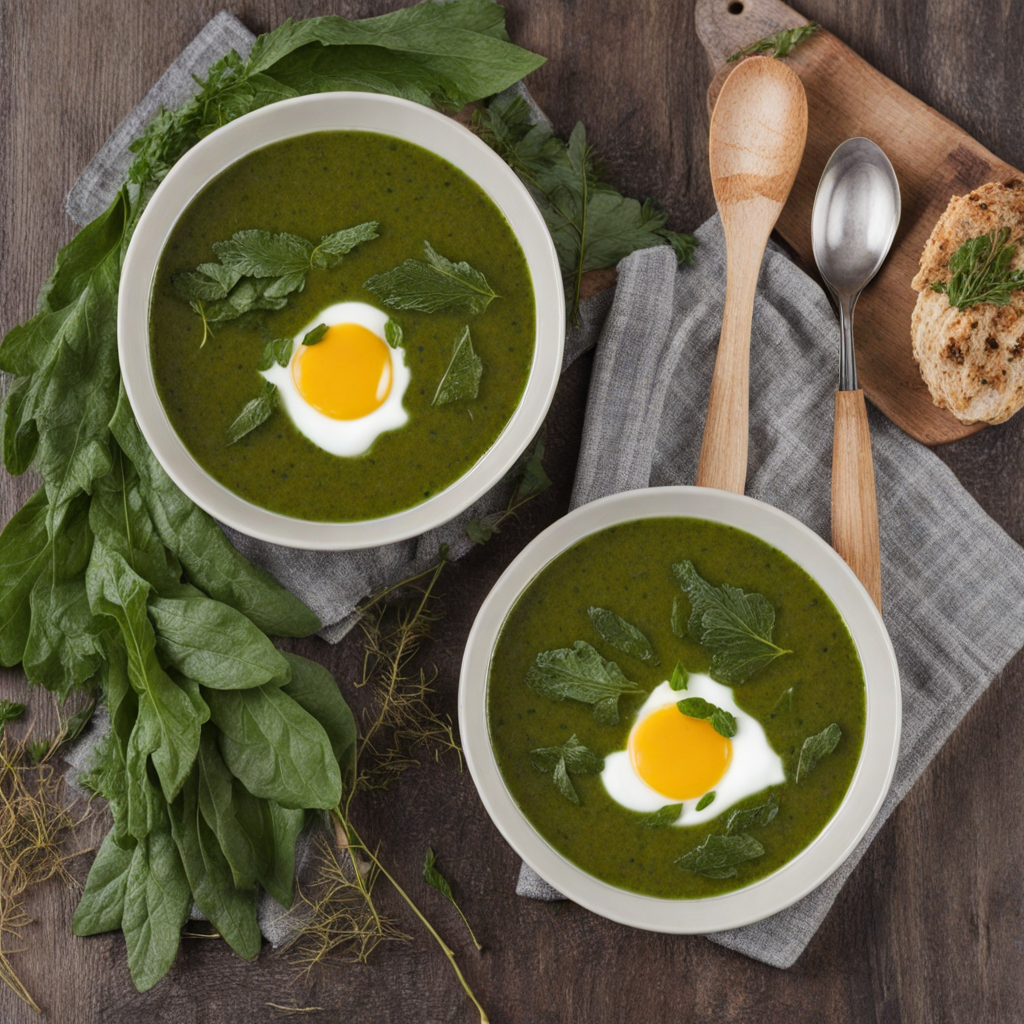Kalduny
Kalduny, a beloved dish from Belarus, offers a delightful experience for those eager to explore new flavors. These dumplings are made from soft, tender dough, typically crafted from flour, water, and eggs, resulting in a silky texture that perfectly complements their fillings. The versatility of Kalduny is one of its most appealing traits; they can be stuffed with a variety of ingredients, including savory meats like pork, beef, or chicken, as well as earthy mushrooms or fresh herbs, making each bite a unique adventure for the palate. The cooking process of Kalduny enhances their charm, as they are traditionally boiled until they float to the surface, signifying that they are ready to be served. Once plated, they are often adorned with a drizzle of melted butter or a sprinkle of fresh dill, which not only adds a beautiful visual appeal but also elevates the flavors. The combination of the soft, pillowy dumplings with the rich buttery sauce creates a comforting and satisfying dish that is perfect for any occasion, whether it be a family gathering or a casual dinner. As you take a bite of Kalduny, you'll experience a burst of flavors and textures that reflect the heart of Belarusian cuisine. The warm, hearty filling paired with the delicate dough creates a harmonious balance, while the subtle hints of seasoning and herbs offer a refreshing kick. This dish is not just about nourishment; it is a celebration of tradition and culture, inviting you to savor the essence of Belarus as you indulge in every delicious mouthful.
How It Became This Dish
The History of Калдуны: A Culinary Treasure of Belarus In the heart of Eastern Europe lies Belarus, a country rich in history and culture, with a culinary tradition that reflects its agrarian roots and diverse influences. Among its many culinary gems, калдуны (kalduuny) stands out as a beloved dish that embodies the essence of Belarusian cuisine. This stuffed dumpling, often filled with meat, potatoes, or mushrooms, has a history that intertwines with the people, their land, and their cultural evolution. #### Origins and Etymology The name "калдуны" derives from the Belarusian word "калдуня," which can be roughly translated to "dumpling" or "little cauldron." The term evokes imagery of warmth and nourishment, as these dumplings are often associated with home-cooked meals shared among family and friends. The origins of калдуны can be traced back to the medieval period in Belarus, where they likely evolved from the ancient practice of stuffing various types of dough with filling—a tradition that can be found across many cultures. Dumplings have a long history in Eastern European cuisine, with each country boasting its variations. The concept of filling dough with ingredients is thought to have originated from the need to preserve and utilize available resources, particularly in rural communities. In Belarus, where agriculture played a pivotal role, ingredients such as potatoes, buckwheat, and meat were readily available, making калдуны a practical and delicious solution for utilizing leftovers and nourishing families. #### Cultural Significance In Belarusian culture, food is more than sustenance; it is a medium of expression, a vessel of tradition, and a bridge that connects generations. Калдуны, with their comforting and hearty nature, hold a special place in the hearts of Belarusians. Traditionally, these dumplings are served during family gatherings, festive occasions, and communal meals, embodying the spirit of togetherness and hospitality. Kalduuny are often associated with special events such as weddings, holidays, and religious celebrations. During these occasions, the preparation and consumption of калдуны become a communal activity, with family members coming together to create the dish. This process not only strengthens familial bonds but also keeps the culinary traditions alive, passing down recipes and techniques from one generation to the next. The dish is deeply rooted in the agricultural cycle of Belarus. In the fall, when the harvest is plentiful, families would prepare large batches of калдуны to preserve the bounty of potatoes and meat. This practice not only served as a means of sustenance through the long winters but also reflected the deep connection to the land and the rhythms of rural life. #### Development Over Time As Belarusian society evolved, so did the recipe for калдуны. Initially, the fillings were simple, often consisting of ingredients that were readily available. The most traditional filling is a mixture of minced meat—typically pork or beef—combined with finely chopped onions and spices. However, as regional influences seeped into the culinary landscape, variations began to emerge. In the 19th and 20th centuries, the influence of neighboring countries like Poland, Russia, and Ukraine began to shape the development of калдуны. Each region introduced its own twist, leading to a rich tapestry of flavors and ingredients. For instance, some variations incorporated mushrooms, reflecting the abundant forests of Belarus, while others embraced the use of sour cream or herbs to enhance the flavor profile. The post-World War II era marked a significant turning point in Belarusian cuisine, including the preparation of калдуны. As urbanization increased and traditional rural lifestyles began to wane, the ways in which foods were prepared and consumed also transformed. While many families continued to prepare калдуны in the traditional manner, the rise of convenience foods and faster cooking methods introduced new dynamics into the kitchen. Despite these changes, калдуны remained a staple of Belarusian cuisine, often served in homes and restaurants alike. The dish adapted to modern tastes, with chefs experimenting with contemporary ingredients and culinary techniques while still honoring the traditional roots. This blend of old and new has allowed калдуны to remain relevant in the ever-changing culinary landscape of Belarus. #### Modern-Day калдуны Today, калдуны are celebrated not only for their taste but also for their cultural significance. They are often featured in gastronomic festivals and culinary competitions, showcasing the rich culinary heritage of Belarus. Chefs and home cooks alike take pride in their unique recipes, often adding personal touches that reflect their family history or local ingredients. In Belarus, калдуны can be found in various forms and presentations. Some are served boiled, while others are pan-fried or baked to achieve a crispy exterior. The choice of filling has also expanded, with modern interpretations including vegetarian options, gourmet ingredients, or fusion twists that incorporate international flavors. Moreover, as Belarusian cuisine gains recognition on the global stage, калдуны are increasingly featured in international food festivals and cultural exhibitions. This exposure allows people from different backgrounds to experience Belarusian culture through its food, fostering a greater appreciation for its culinary traditions. #### Conclusion The history of калдуны is a testament to the resilience and adaptability of Belarusian cuisine. From its humble origins as a practical dish for rural families to its current status as a symbol of cultural heritage, калдуны encapsulate the spirit of Belarusian life. They serve as a reminder of the interconnectedness of food, culture, and community, celebrating the traditions that have shaped the Belarusian identity over centuries. As food continues to evolve, калдуны will undoubtedly remain a cherished dish, cherished not only for their flavor but for the stories and memories they carry. In every bite, there is a taste of history, a connection to the land, and a celebration of the Belarusian spirit—a culinary treasure that transcends time and place.
You may like
Discover local flavors from Belarus







